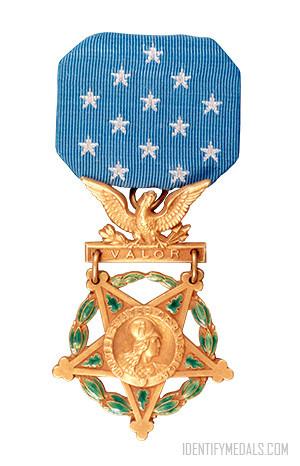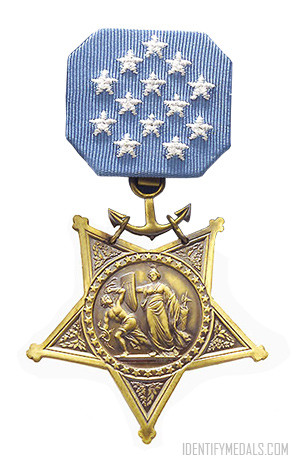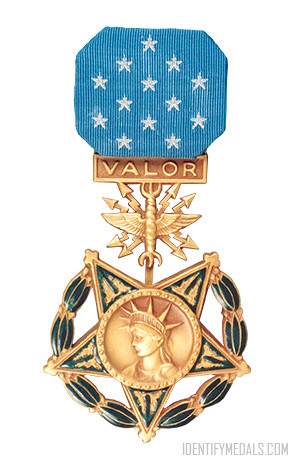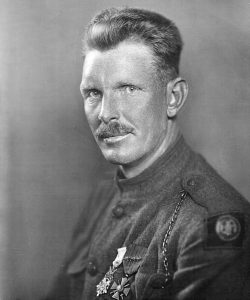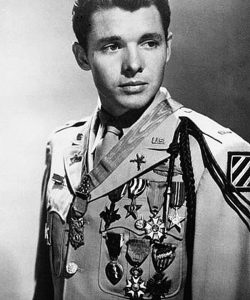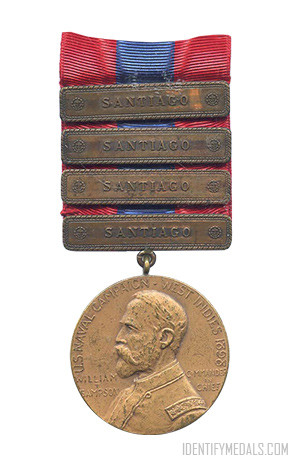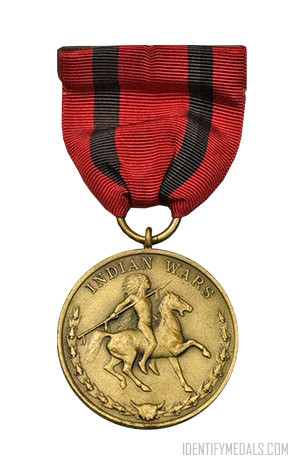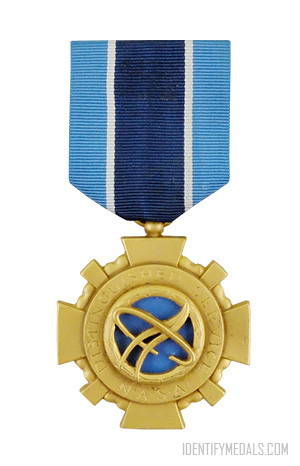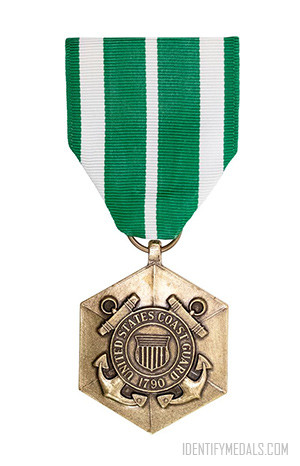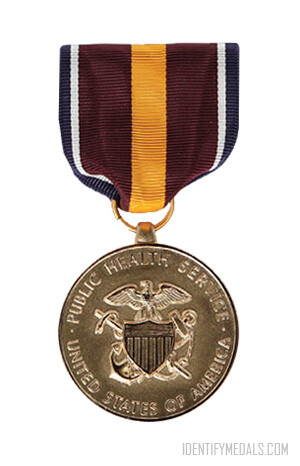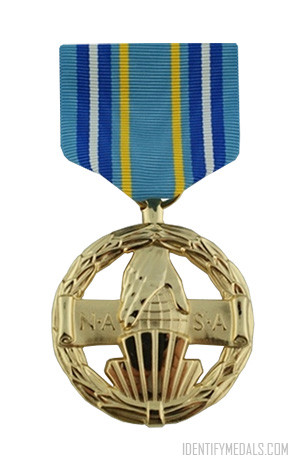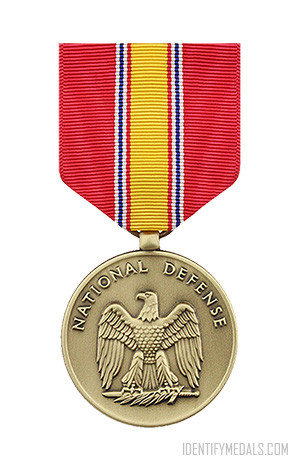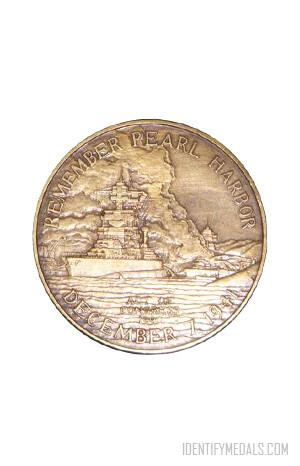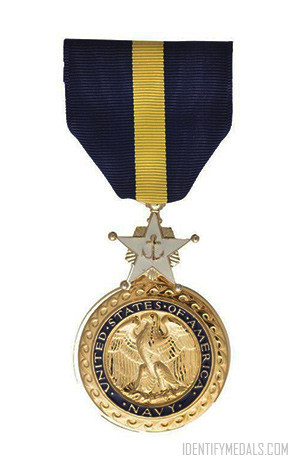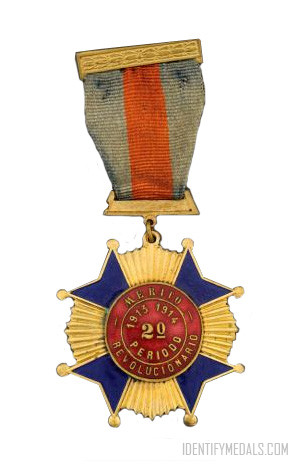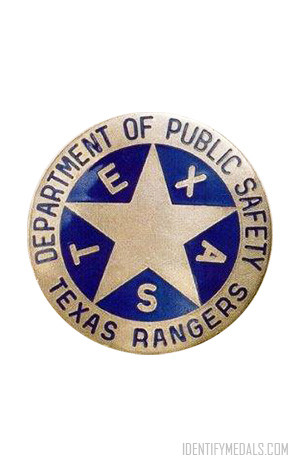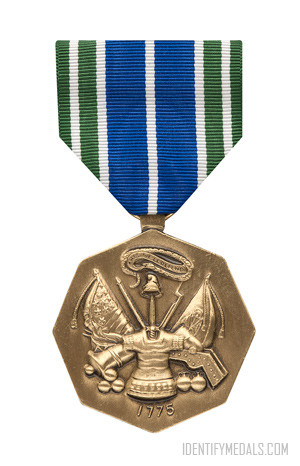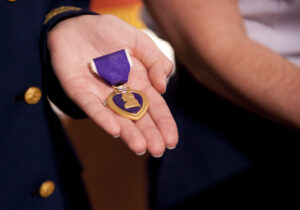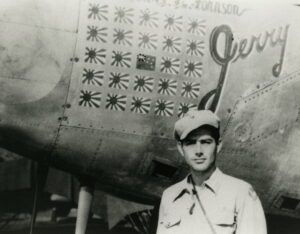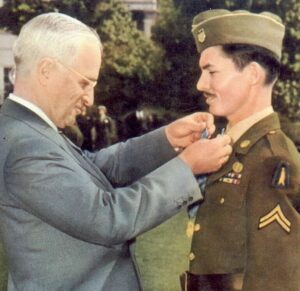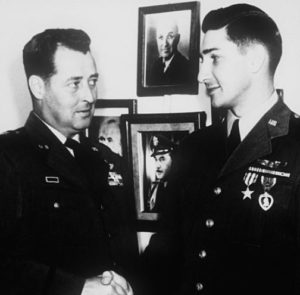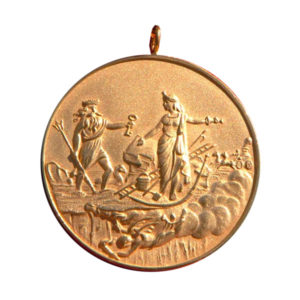- Time Period: Pre-WW1, The Great War, Interwar Period, Second World War, Post-WW2
- Institution: July 12, 1862
- Country: United States
The Medal of Honor is the United States of America’s highest and most prestigious personal military decoration. It may be awarded to recognize U.S. military service members who distinguished themselves by acts of valor and is normally awarded by the President of the United States in the name of the U.S. Congress. The Medal of Honor is the oldest continuously issued combat decoration of the United States armed forces.
There are three versions of the Medal of Honor insignia. One for the Army, one for the Navy, and one for the Air Force.
The History of the Medal of Honor
Signed into law by President Abraham Lincoln, a Navy Medal of Honor was first authorized on December 21, 1861 followed by an Army Medal of Honor, which was approved on July 14, 1862.
Over 40 percent of the Medals of Honor awarded to date—1,522 out of 3,464 medals—were bestowed during the Civil War. In fact, some Civil War Medals of Honor years after the end of the war, including Andrew Jackson Smith whose medal was awarded in 2001 and Alonzo Cushing in 2014.
The first Medals of Honor were given to participants of Andrews’ Raid or the Great Locomotive Chase with Private Jacob Parrot as the first person ever to be awarded this medal of America. At least 32 Medals of Honor were awarded to African-Americans, and William Harvey Carney was the first. Born a slave in Virginia, he finally found freedom in Massachusetts. He volunteered to join the 54th Massachusetts Infantry Regiment, the first African-American unit in the northern states although it was led by white officers.
Tasked with taking Fort Wagner, a beachhead fortification that protected the southern Charleston Harbor, the 54th was chosen for the second attack. The Union flag bearer was killed as the soldiers stormed the fort, but Carney stepped in and held the flag for the remainder of the battle, never losing possession of the flag despite several injuries. Unfortunately, the 54th was forced to retreat, but, as Carney said after the battle, “the old flag never touched the ground.” Carney was awarded the Medal of Honor in 1900, thirty-five years after the end of the Civil War.
Individuals who have received two Medals of Honor are rare, and Thomas Ward Custer is a part of this elite group, receiving both medals for actions during the American Civil War.
Personnel of the Marine Corps and Coast Guard receive the Navy version (it was created as a Navy version in 1861 named the “Medal of Valor”). According to the Medal of Honor Historical Society of the United States, 3,519 Medals of Honor have been awarded to the nation’s soldiers, sailors, airmen, Marines, and Coast Guardsmen since the medal’s creation. Less than half of them awarded for actions during the four years of the American Civil War.
The Medal of Honor During World War I and World War II
During World War I and World War II, numerous individuals received the Medal of Honor for their extraordinary valor and heroism in combat.
During World War I (1914-1918), the Medal of Honor was awarded for acts of bravery in various theaters of the war, including the Western Front in Europe, the Italian Front, and other areas of conflict. Recipients demonstrated exceptional courage in the face of enemy fire, often risking their lives to save their comrades or achieve critical objectives. One notable recipient during this world war was Sergeant Alvin York, who single-handedly captured 132 German soldiers during the Meuse-Argonne Offensive in 1918.
In World War II (1939-1945), the Medal of Honor continued to be awarded for acts of extraordinary heroism in combat. Recipients demonstrated exceptional bravery and selflessness in a wide range of theaters, including the Pacific, European, African, and Mediterranean theaters of war. One of the most celebrated recipients of the Medal of Honor during World War II was Sergeant Audie Murphy, who received the medal for his actions during the Battle of Holtzwihr in France, where he single-handedly repelled a German attack and called in artillery fire on enemy positions.
The Medal of Honor Design
After World War I, the Navy decided to separate the Medal of Honor into two versions: One for combat and one for non-combat. The original upside-down star was designated as the non-combat version and a new pattern of the medal pendant, in cross form, was designed by the Tiffany Company in 1919.
It was to be presented to a sailor or marine who “in action involving actual conflict with the enemy, distinguish[es] himself conspicuously by gallantry and intrepidity at the risk of his life above and beyond the call of duty.“
Due to its prestige and status, the Medal of Honor is afforded special protection under U.S. law against any unauthorized adornment, sale, or manufacture, which includes any associated ribbon or badge.
Read more about the symbolism of the Medal of Honor:
Famous U.S. Medal of Honor Recipients
These individuals represent just a few of the many courageous recipients of the Medal of Honor who have demonstrated extraordinary bravery and selflessness in service to their country. Here are five famous recipients of the U.S. Medal of Honor:
Audie Murphy: Audie Murphy, a World War II veteran, is one of the most decorated American soldiers in history. He received the Medal of Honor for his actions during the Battle of Holtzwihr in France in 1945.
Alvin C. York: Alvin C. York was a World War I soldier and is renowned for his heroic actions during the Meuse-Argonne Offensive in 1918. He received the Medal of Honor for his bravery and leadership in capturing numerous German soldiers.
Desmond Doss: Desmond Doss, a conscientious objector during World War II, served as a combat medic. He was awarded the Medal of Honor for his extraordinary bravery and dedication to saving lives during the Battle of Okinawa.
Sal Giunta: Staff Sergeant Salvatore Giunta became the first living recipient of the Medal of Honor since the Vietnam War. He was honored for his actions during the War in Afghanistan in 2007 when he saved fellow soldiers from enemy fire.
Michael P. Murphy: Navy SEAL Lieutenant Michael P. Murphy was posthumously awarded the Medal of Honor for his courageous actions during Operation Red Wings in Afghanistan in 2005. He sacrificed his life while attempting to call for reinforcements to rescue his team.
Further Reading About the Medal of Honor and American Military History
-

Our First Civil War: Patriots and Loyalists in the American Revolution
$20.51 Get it from Amazon -

A Complete Guide to United States Military Medals, 1939 to Present
$31.98 Get it from Amazon -
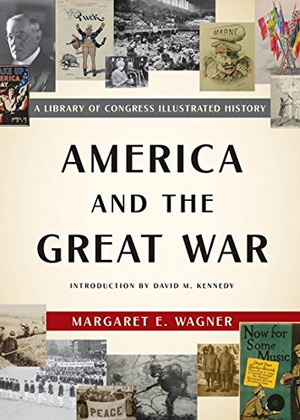
America and the Great War: A Library of Congress Illustrated History
$16.67 Get it from Amazon -
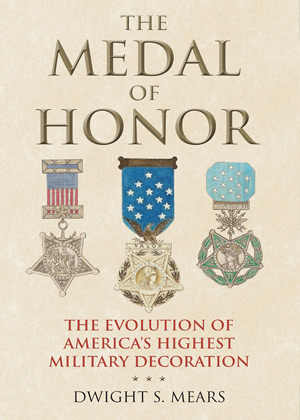
The Medal of Honor: The Evolution of America’s Highest Military Decoration
$39.95 Get it from Amazon

